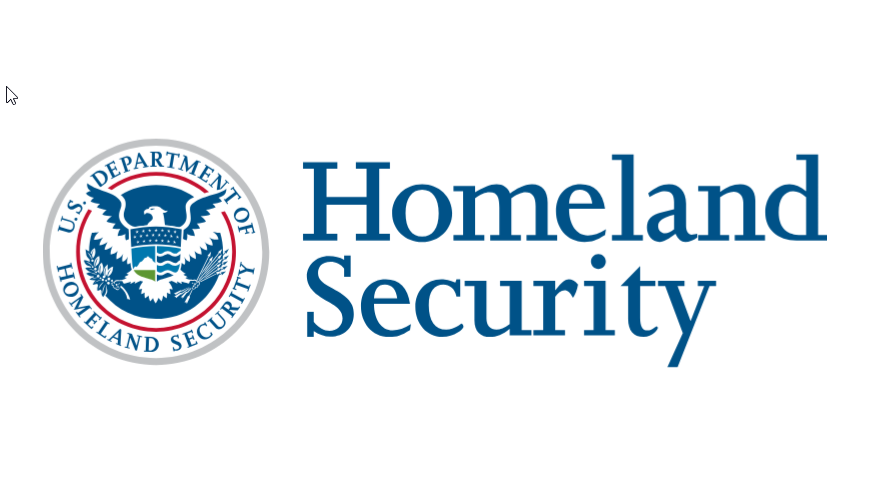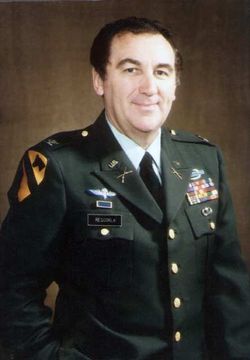Blog Posts
 June 25, 2025US Intelligence Agencies: Too Many? Not Enough?
June 25, 2025US Intelligence Agencies: Too Many? Not Enough?By: Dr. Ken Gemlich
Over the next several weeks, we will be exploring some of the various US intelligence agencies. In this initial entry, we take a bird’s eye view of the agencies that fall under the purview of the Director of National Intelligence (DNI) and the Department of Homeland Security.
Intelligence Community Alphabet Soup
In the United States there are nearly 20 different intelligence agencies including two independent agencies: the DNI and the Central Intelligence Agency (CIA). The U.S. intelligence community is composed of the following agencies: Nine Department of Defense elements—the Defense Intelligence Agency (DIA), the National Security Agency (NSA), the National Geospatial- Intelligence Agency (NGA), the National Reconnaissance Office (NRO), and the intelligence elements of the five DoD services; the Army, Navy, Marine Corps, Air Force, and Space Force.
Other intelligence agencies come from seven elements of other departments and agencies—the Department of Energy’s Office of Intelligence and Counter-Intelligence; the Department of Homeland Security’s Office of Intelligence and Analysis and U.S. Coast Guard Intelligence; the Department of Justice’s Federal Bureau of Investigation and the Drug Enforcement Administration’s Office of National Security Intelligence; the Department of State’s Bureau of Intelligence and Research; and the Department of the Treasury’s Office of Intelligence and Analysis.
We’ll be doing a deeper dive into most of these agencies in coming weeks, but if you would like to learn more about any of these agencies, I recommend this DNI list of Intelligence agencies.
Too Many?
Does one country need all of these agencies? Most of these agencies report to the DNI, but how much overlap do we have and do we need all of these different agencies? A short history lesson may put things into perspective. During World War 2, the U.S., created a group called the Office of Strategic Services (OSS) they became the father of the modern CIA, and for many years the CIA was the sole intelligence agency, other then the military. Over the years more intelligence agencies were created and thus created infighting with the other agencies fighting to be the number one agency for not only agency pride, but also for access to increased government funding. As a result of this infighting there were missed opportunities to possibly stop the attack on September 11, 2001, because the different intelligences did not communicate with each other.
Final Thoughts
With the results of the 9/11 commission, there were recommendations to create a department to oversee the different intelligence agencies, thus the creation of the DNI and the Department of Homeland Security (DHS). Both the DNI And the DHS, along with the CIA, report intelligence directly to the President of the United States and his National Security staff. With this streamlining of lines of communication regarding national security, do we really need all of these other, existing intelligence agencies? In future installments we will take a deeper look at the other intelligence agencies to see if there is overlap of intelligence.
Dr. Ken has over 29 years experience in the Unites States Army; holds Secret Security Clearance, has earned a Doctorate in Business and a Masters in Homeland Security, and is an unbelievable cook!
 July 02, 2025Leadership Potential
July 02, 2025Leadership Potential September 03, 2025Implementing the Succession Plan
September 03, 2025Implementing the Succession Plan September 04, 2025Corporate Security Case Study: Rick Rescorla
September 04, 2025Corporate Security Case Study: Rick Rescorla September 10, 2025Monitoring Succession Plan Implementation
September 10, 2025Monitoring Succession Plan Implementation September 17, 2025Emergency Succession Planning
September 17, 2025Emergency Succession Planning